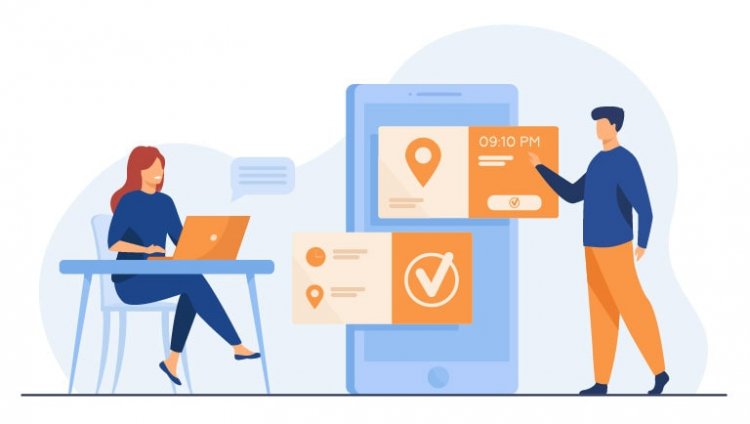How to increase traffic on your website?
Various methods to increase traffic on the website and to maintain it.

Making a website alone is not the only way to grew online, you to increase its traffic and optimize it according to the needs of the user. The solution to this problem here i.e. Search engine optimization and keyword planning.
Here are 23 ways to drive traffic to your website:
- The “Upside Down” Guest Post
- Overhaul & Upgrade Old Blog Posts
- Use “Click to Tweet” Links
- Get More Traffic from Your Blog Posts with “Content Transformation”
- Go on Podcasts
- Promote Your Site with Blogger Outreach
- The Content Relaunch Strategy
- Create Content That Appeals to Influencers
- Share Videos on LinkedIn
- Add “Share Triggers” To Your Content
- Retarget Visitors with Facebook Ads
- Reduce Your Bounce Rate
- Publish Long-Form Content
- Optimize for Google’s Mobile-First Index
- Create an Active YouTube Channel
- Publish Viral Content
- Promote Blog Posts and Videos
- Republish Old Articles on LinkedIn
- Use a “Question Analyzer” To Create Insanely Useful Content
- Improve Your Organic Click-Through-Rate
- Publish More List Posts
- Steal Your Competitors’ Traffic Sources
- Drive Traffic to Your Website from Forums
In addition to these points, one must know how to use Search engine Optimization because it is basic prerequisite to attain maximum traffic on your website. Here is a glimpse of the procedure you have to undergo:
- Crawl accessibility so engines can read your website
- Compelling content that answers the searcher’s query
- Keyword optimized to attract searchers & engines
- Great user experience including a fast load speed and compelling UX
- Share-worthy content that earns links, citations, and amplification
- Title, URL, & description to draw high CTR in the rankings
- Snippet/schema markup to stand out in SERPs
Paid traffic methods are also nowadays gaining a voice in increasing traffic to the website. Paying for traffic can be a powerful tool for marketers. 2017 e-marketer survey found that 42% of small and medium businesses consider Facebook and other social ads to be the most effective marketing method available to them — better than their own websites or email lists! Paid traffic can come from more than just Facebook, though. Technically, any service you pay for that drives leads or eyeballs to you is a paid traffic source. Here are some examples:-
- Display ads, also known as those things on the side of the page your ad blocker erases
- Paid search like Google Ad Words or Bing Ads
- Social media ads, the sponsored content that appears in your Twitter, Instagram, and Facebook feeds or before the YouTube video you clicked on
- Paid discovery, or the content promoted by networks like Outbrain Amplify
- Sponsored content — a type of content marketing that looks like an article on a website or even in a print mag but is actually a piece of content marketing for a brand
- Influencer marketing, where a social media influencer promotes your product or brand for their audience
Website advertisement is a key factor in increasing traffic on your website. In addition to displaying your business name and website, these free advertising sites can improve your search engine optimization, or SEO. This helps promote your website by boosting its search engine ranking, increasing the chances that you’ll get found on Google and drawing traffic to your site.
- Google My Business
- Apple Maps
- Bing Places
- Yellow Pages
- Angies List
- Yahoo! Local
- Better Business Bureau
- Manta
- Merchant Circle
- Superpages
- eLocal
- Submit Express
- EZ Local
- Local.com
- Thumbtack
- Hotfrog
- Brownbook.net
- Tupalo.com
- Insider Page
Creating business pages or listings on these platforms is an effective way to begin your online advertising strategy. The advertisement also involves the categorization of the customers or users that had some common interest with your websites. It decreases the chances of approaching to non-potential users.
All the above-mentioned points are capable enough to take a website from being not found on the browser (search engine) to the topmost results shown.





















